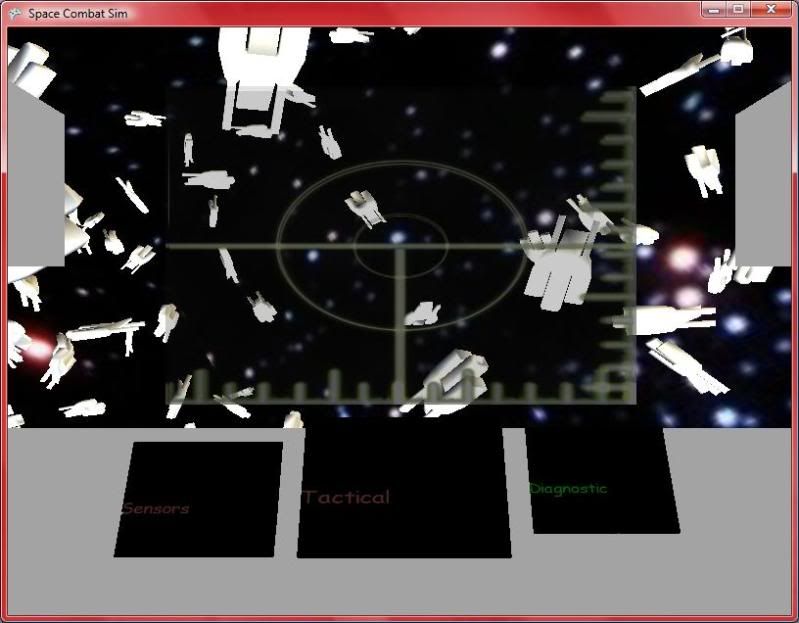Weapons have some basic rules which govern whether or not they're allowed to fire. First, the gun must have ammunition. Second, the gun must be ready to fire. Every weapon has to rest briefly between shots. In real life this is because it takes time for a new bullet to be loaded into the chamber and for the firing pin to be cocked. Finally, the gun must be cool enough to fire. I decided to take a page from the Mechwarrior games here. Every weapon produces some amount of heat. When this reaches a maximum the player must wait for the weapon to cool off again. Effectively the player's firerate is dramatically cut when the weapon overheats. Between heat, and limited ammo, the player should be encouraged to fire in controlled bursts for maximum damage.
Today I decided to switch gears. Since this phase is supposed to produce the first multiplayer implementation I started coding in Live support.
XNA provides network related code in two major chunks. First, GamerServices, which is where most of the Live service code lives. Second is Net, which handles all the grunt work of communication between players.
The first thing I figured I should tackle is allowing the player to sign in to the Live service. This is done through a program/widget built in to the X-Box 360 called the Guide. As it turns out this required about three lines of code. Two for some setup and the third, which does the real work.
Guide.ShowSignIn(1, false);Seriously! That's all that's needed to fire up the Live signin screen. The 1 states that only one player can be signed in for this game. The second indicates whether only online Live profiles can be used.
Next task is to get hosting and matchmaking up and running. Thusfar it looks pretty simple. The hard part looks to be the actual work of communication between players.



